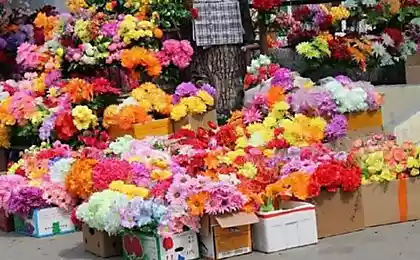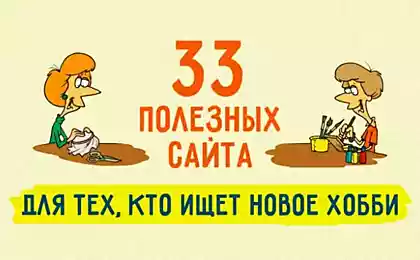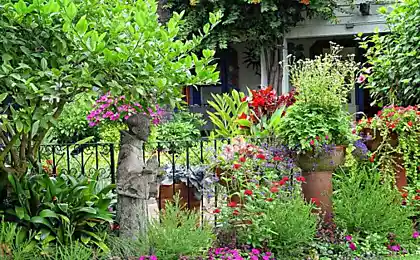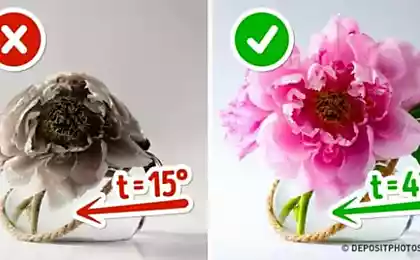1051
Microscopic crystal flowers
Research Scientist Wim L. Nurduin (Wim L. Noorduin) from the Harvard School of Engineering and Applied Science has created an incredible simulation of flowers at the micro level. More precisely, if not grow with the help of chemical reactions.
To create these "colors" PhD uses barium chloride, sodium silicate and plain water, which adds the above salts. The result is a sodium carbonate dioxide and oxygen, which create such original form, really reminiscent of the usual flowers. The author says that in nature we see a lot of complex shapes and structures. He would like to show the complexity and the microcosm. Pictures taken with a digital microscope.





To create these "colors" PhD uses barium chloride, sodium silicate and plain water, which adds the above salts. The result is a sodium carbonate dioxide and oxygen, which create such original form, really reminiscent of the usual flowers. The author says that in nature we see a lot of complex shapes and structures. He would like to show the complexity and the microcosm. Pictures taken with a digital microscope.



























